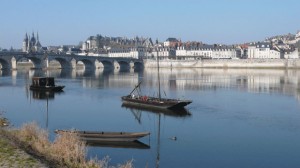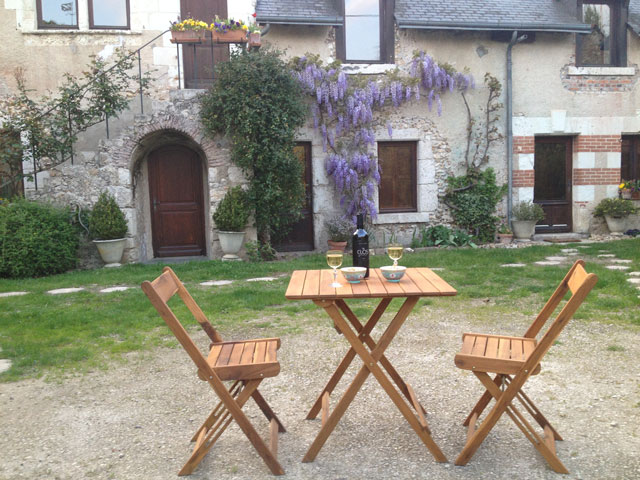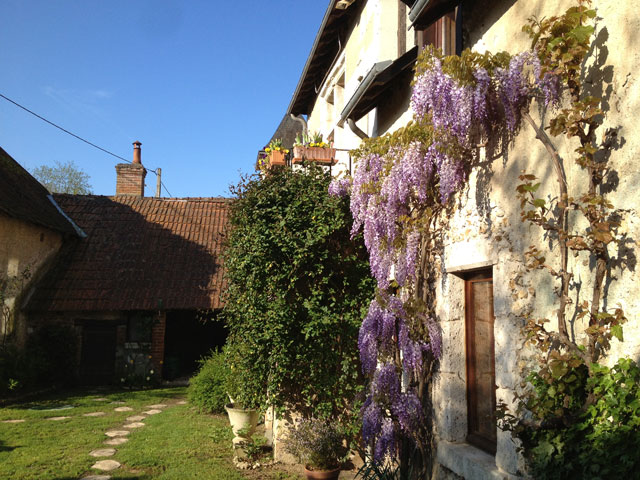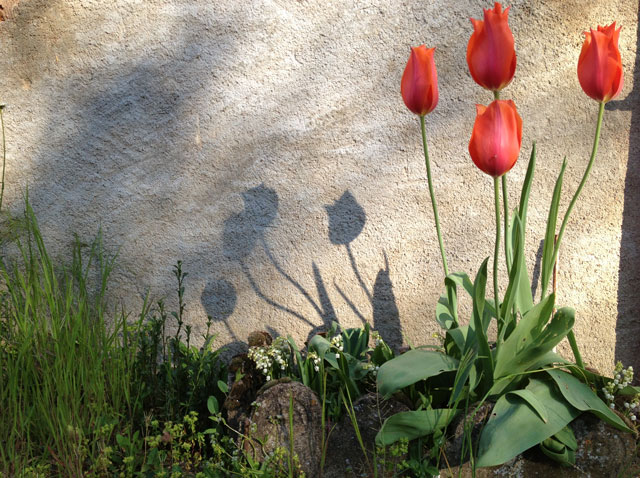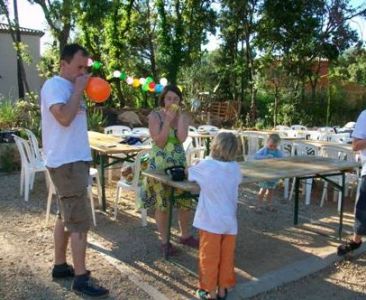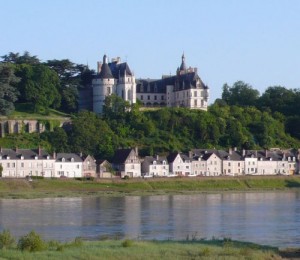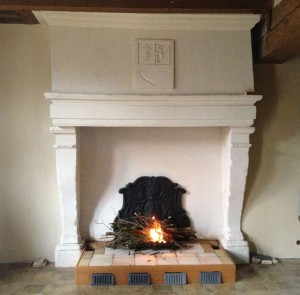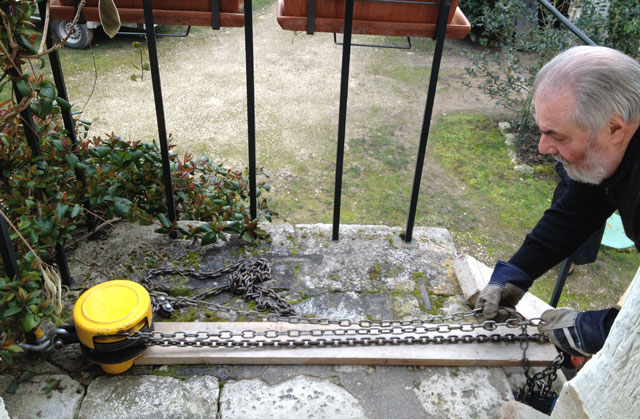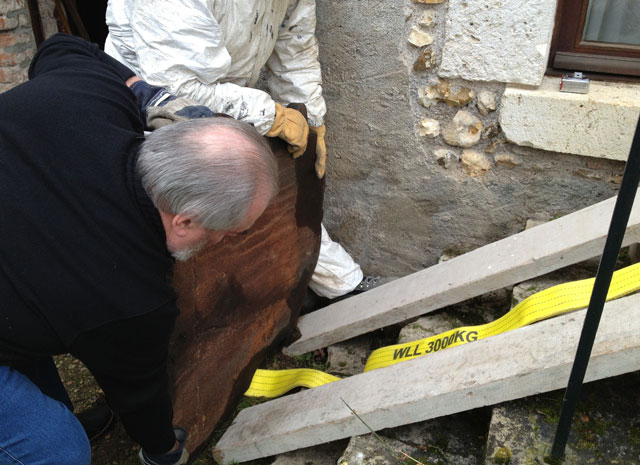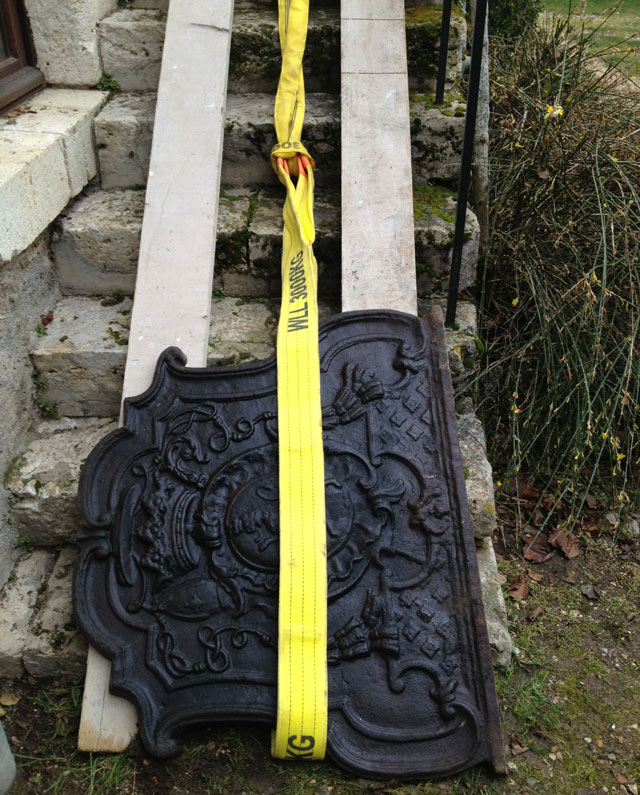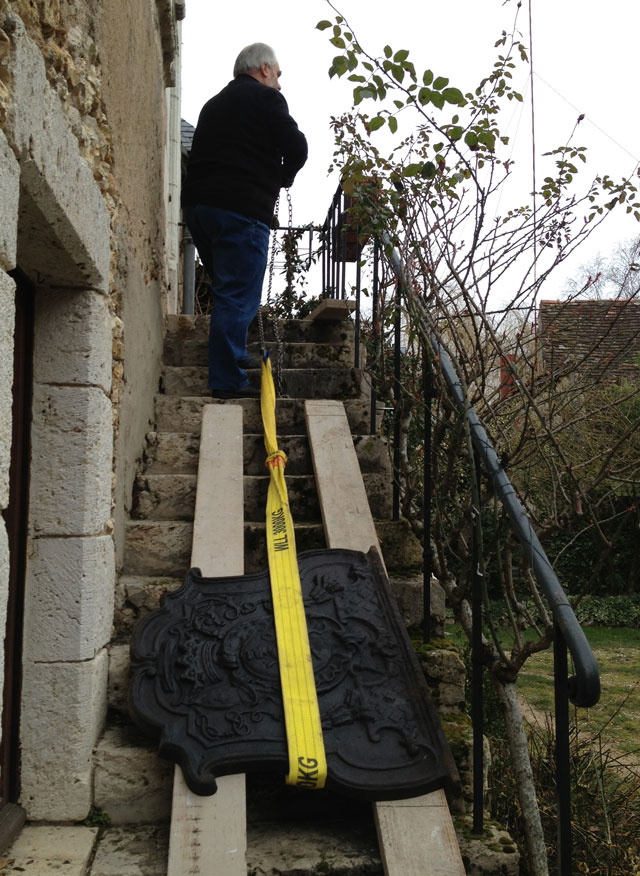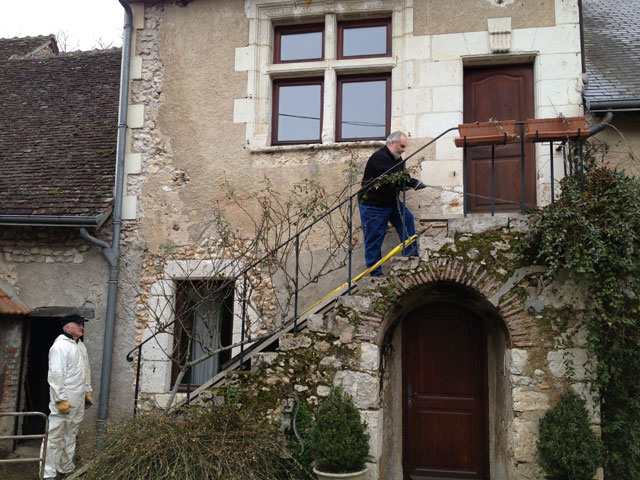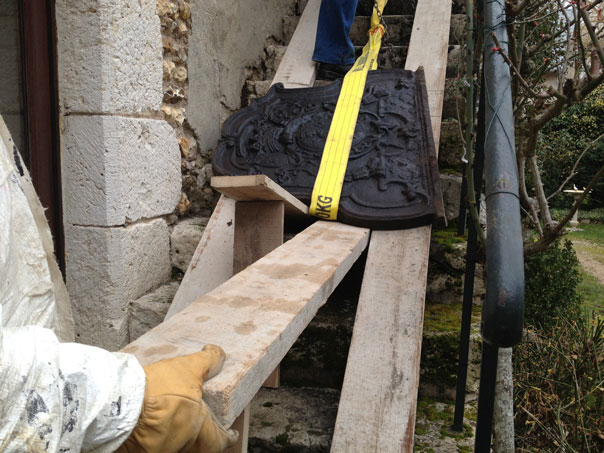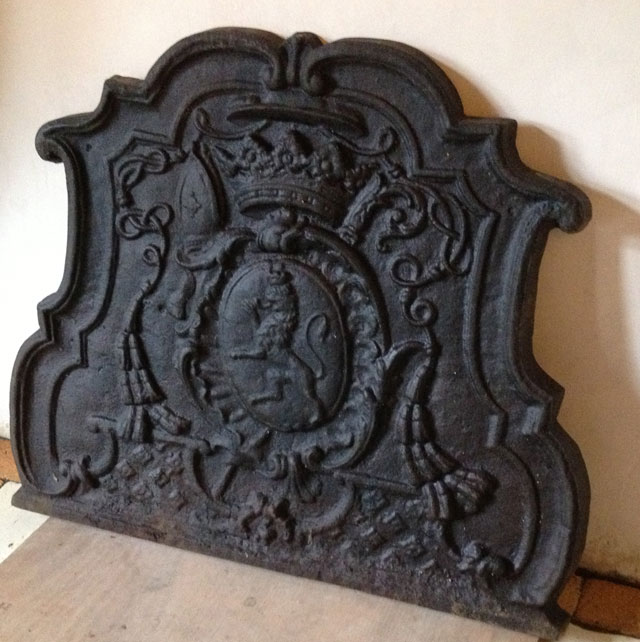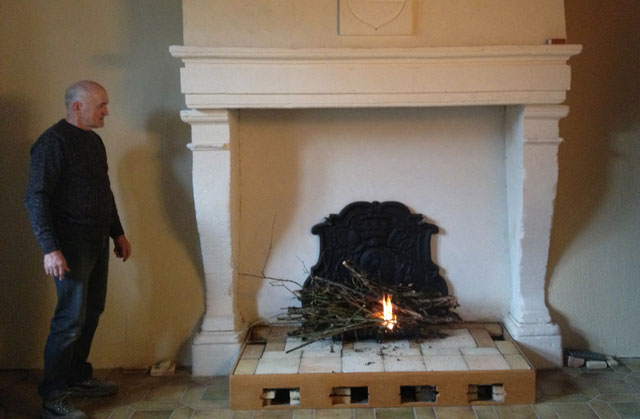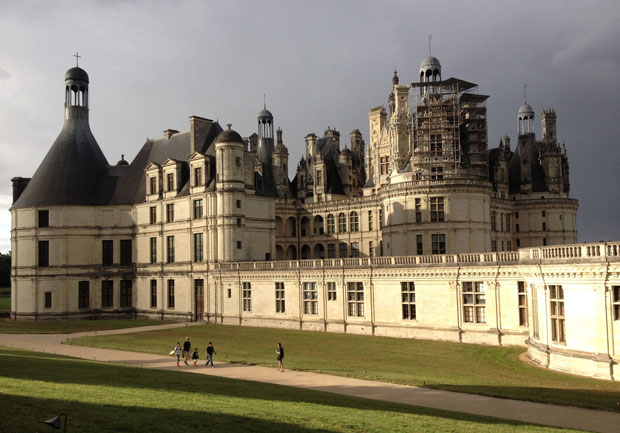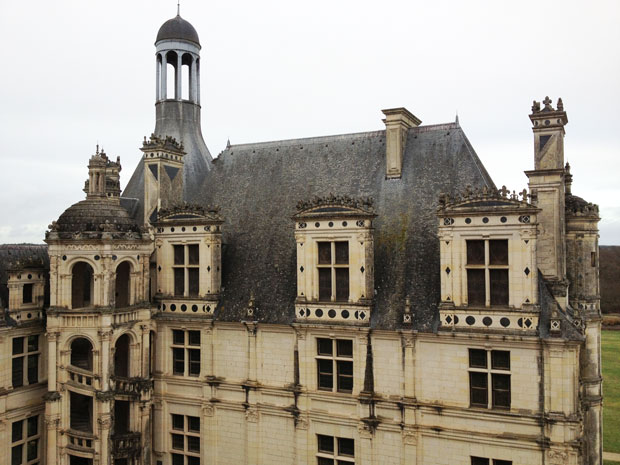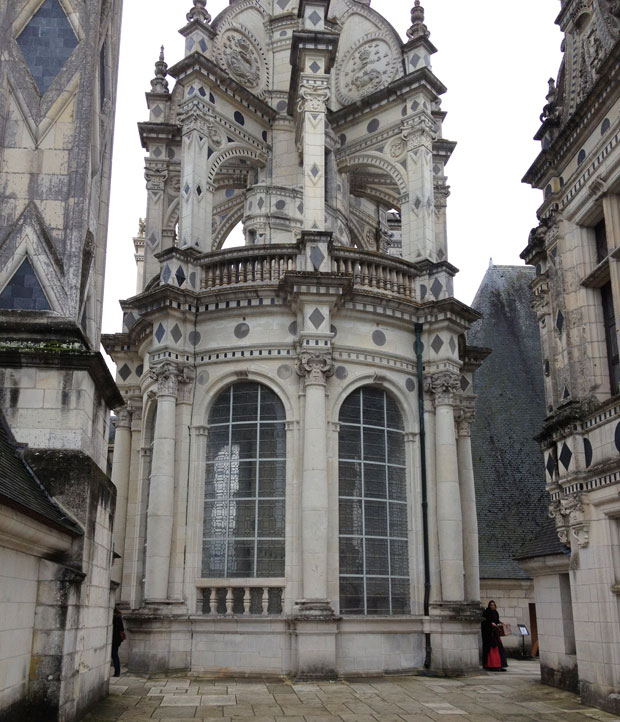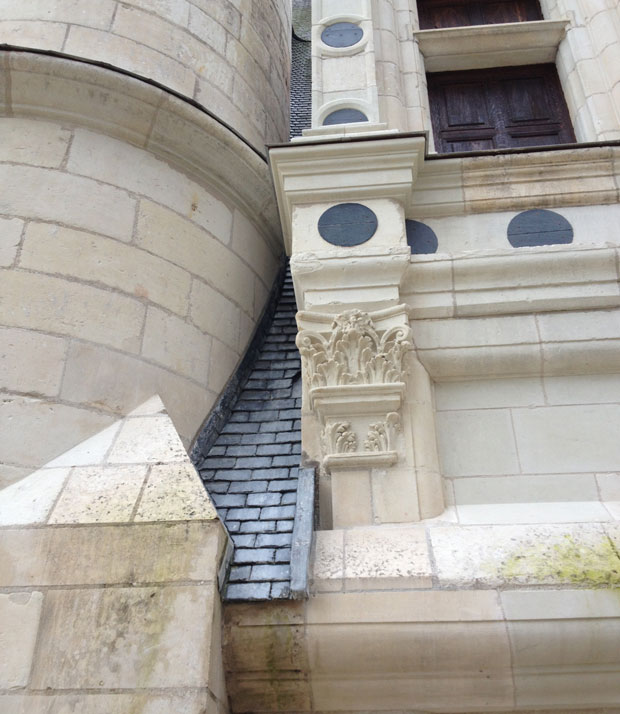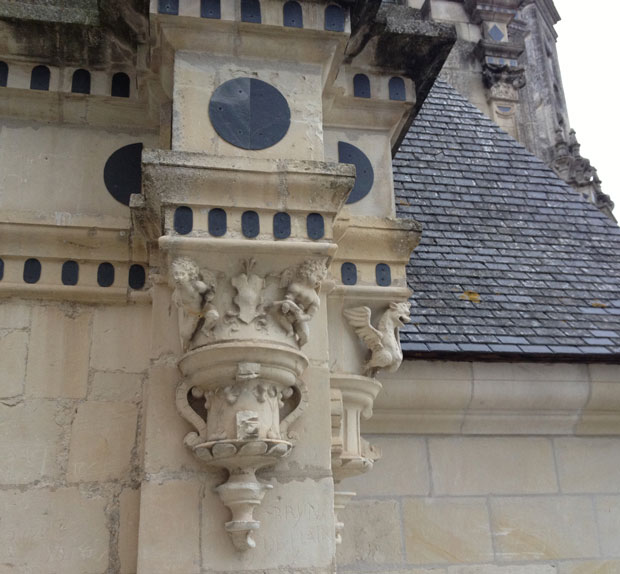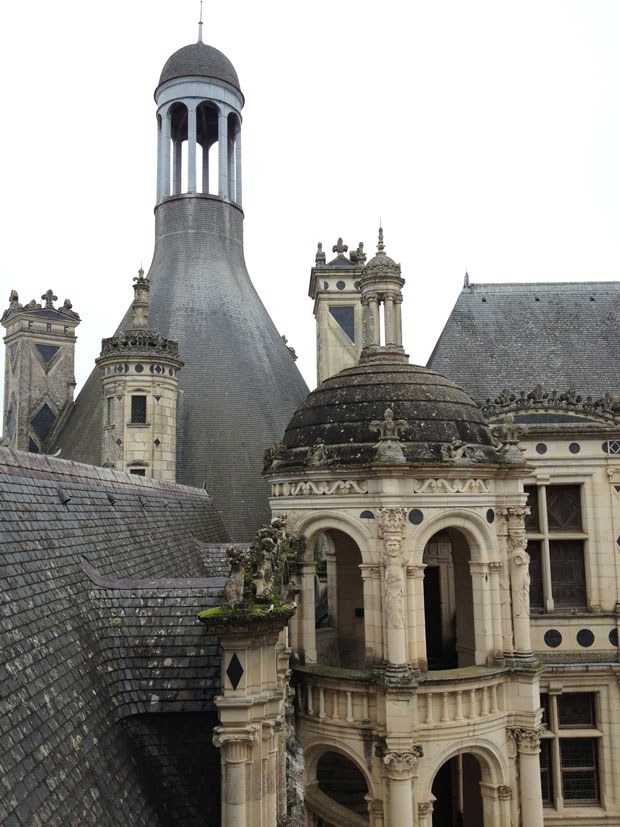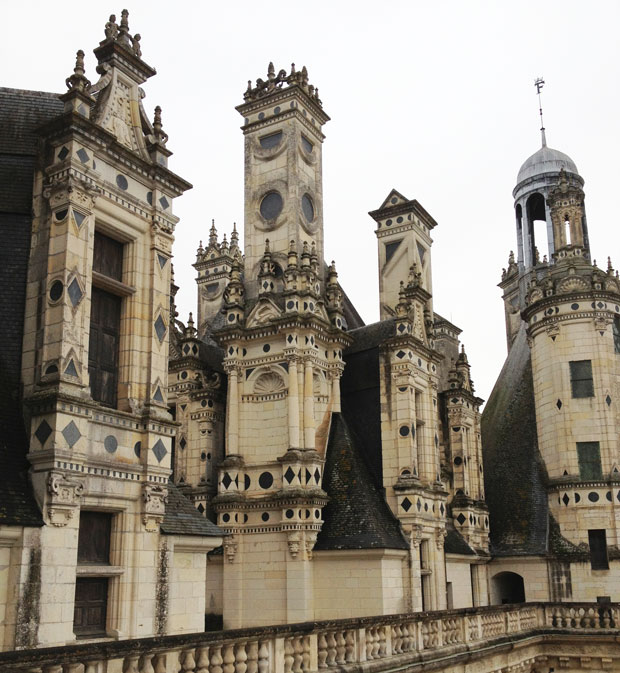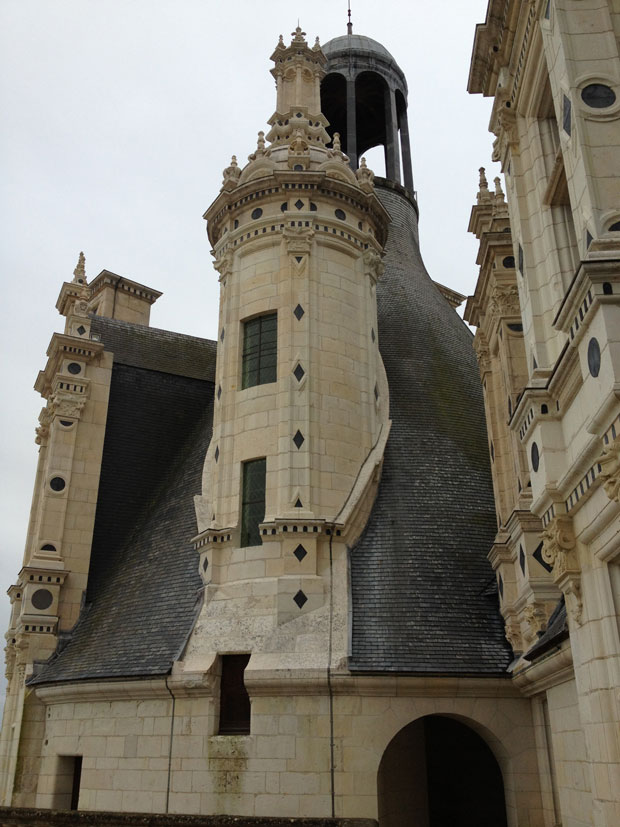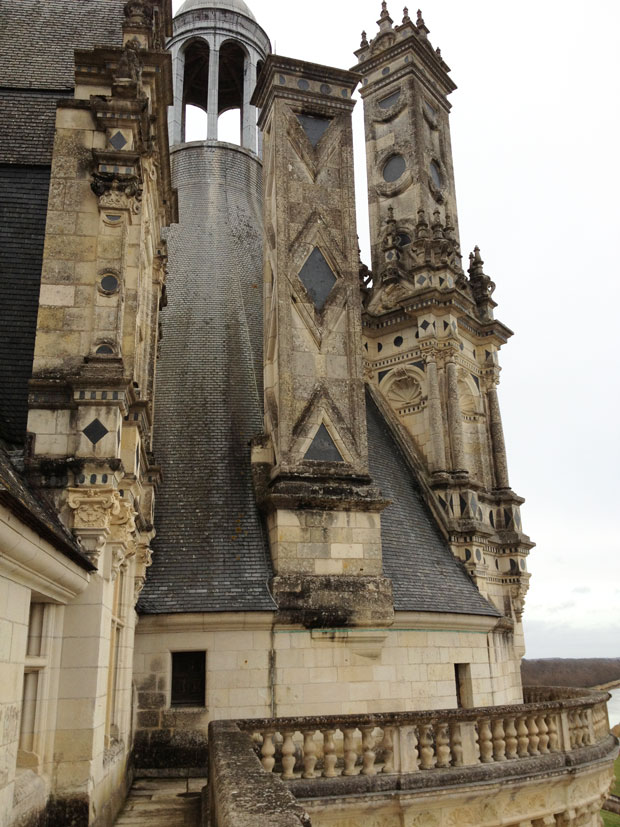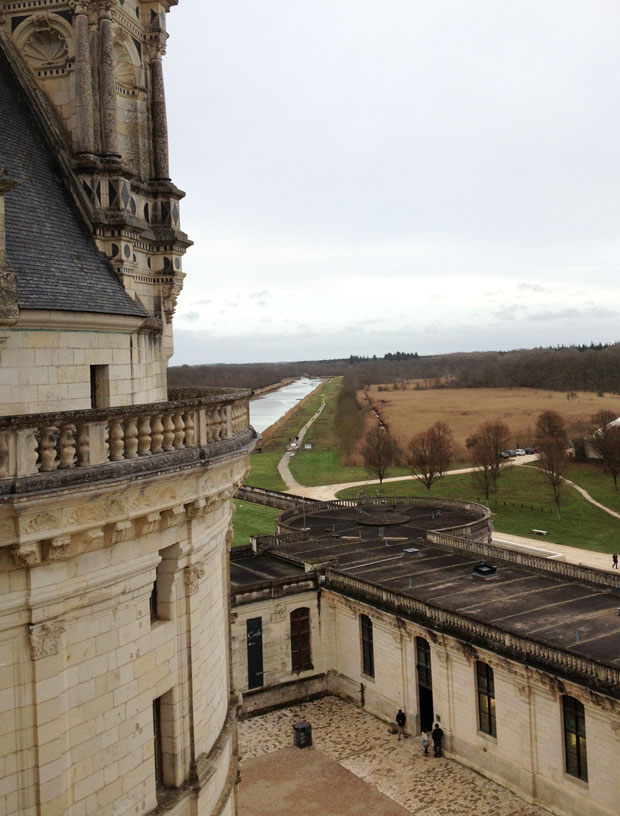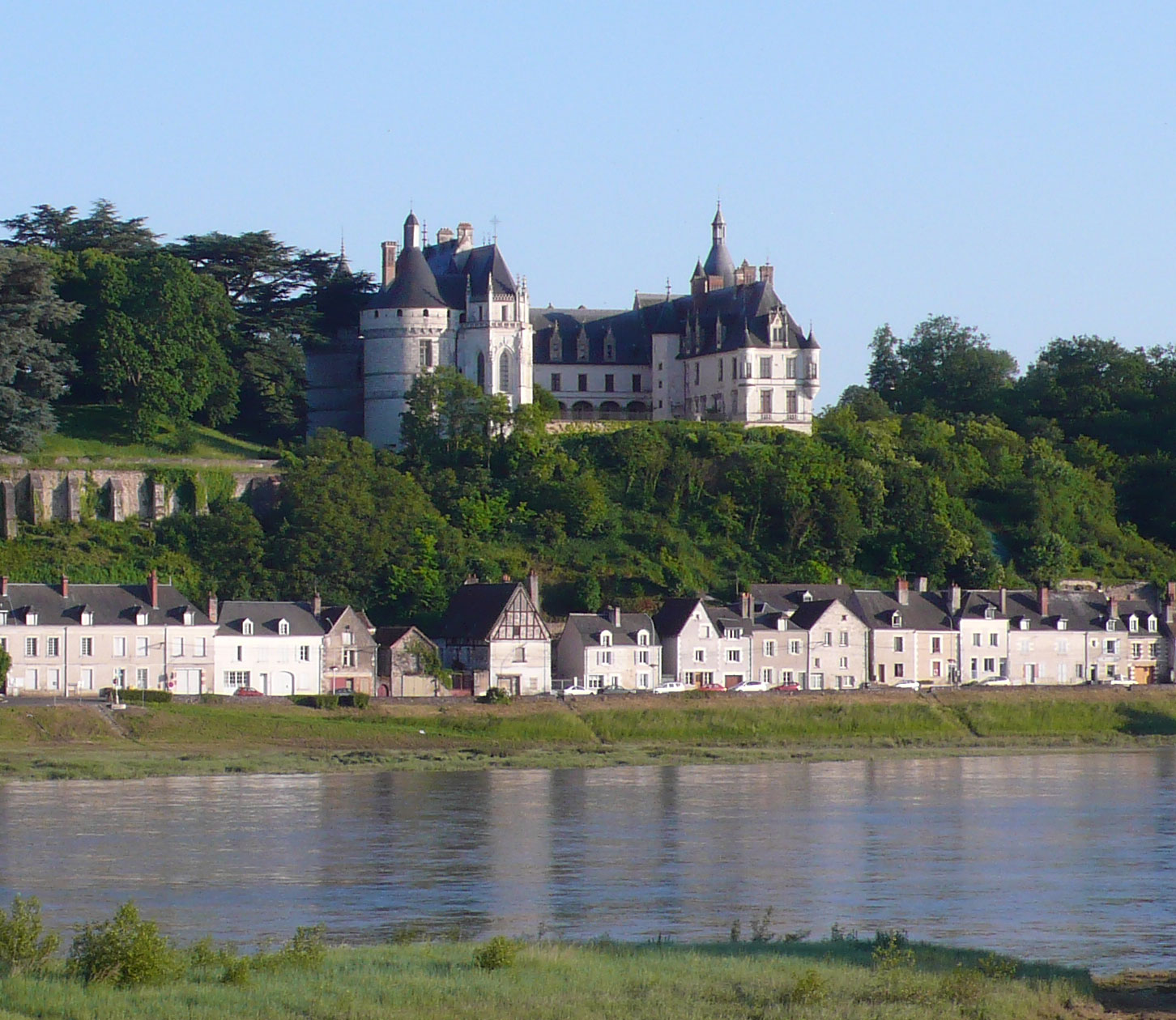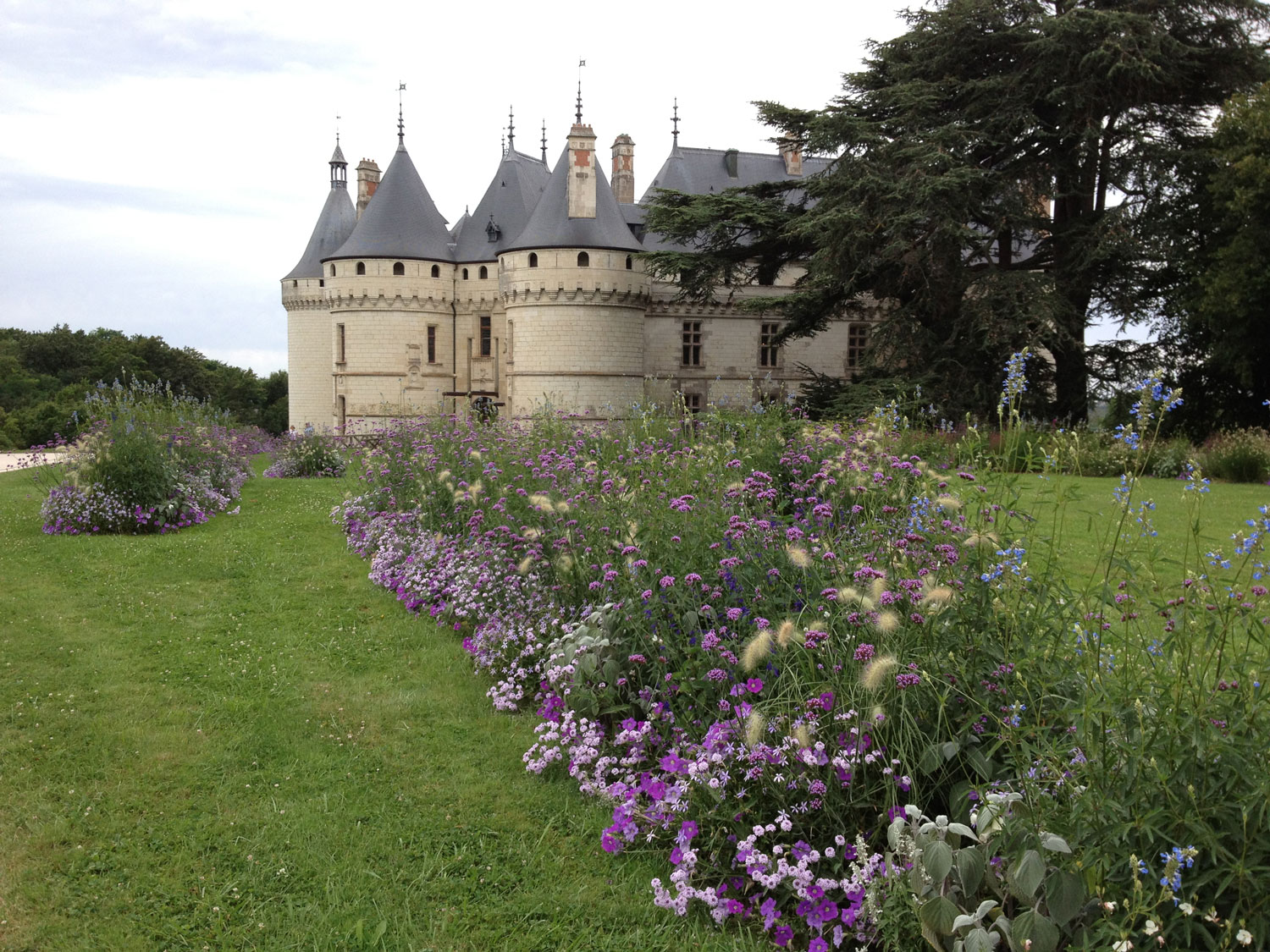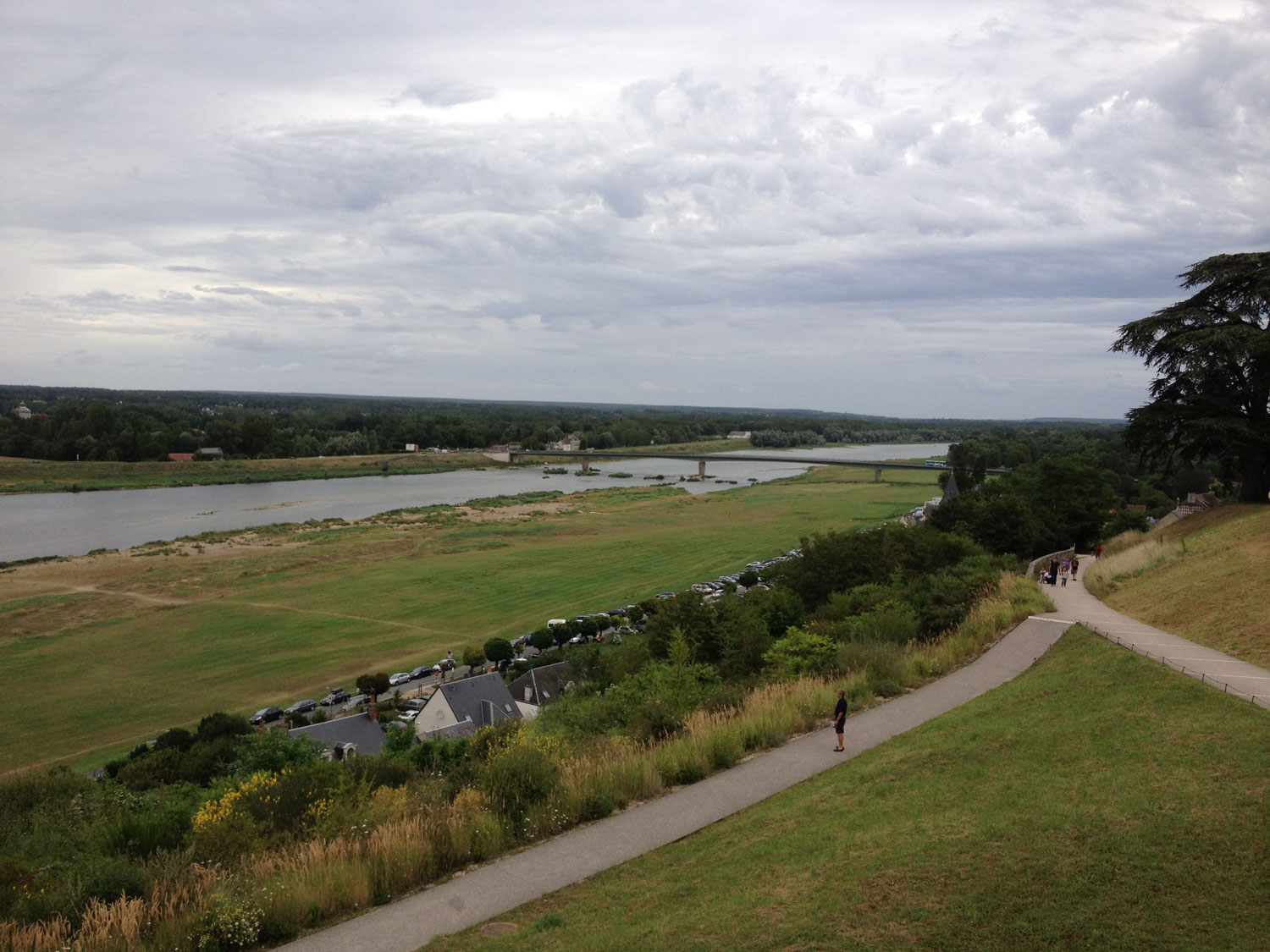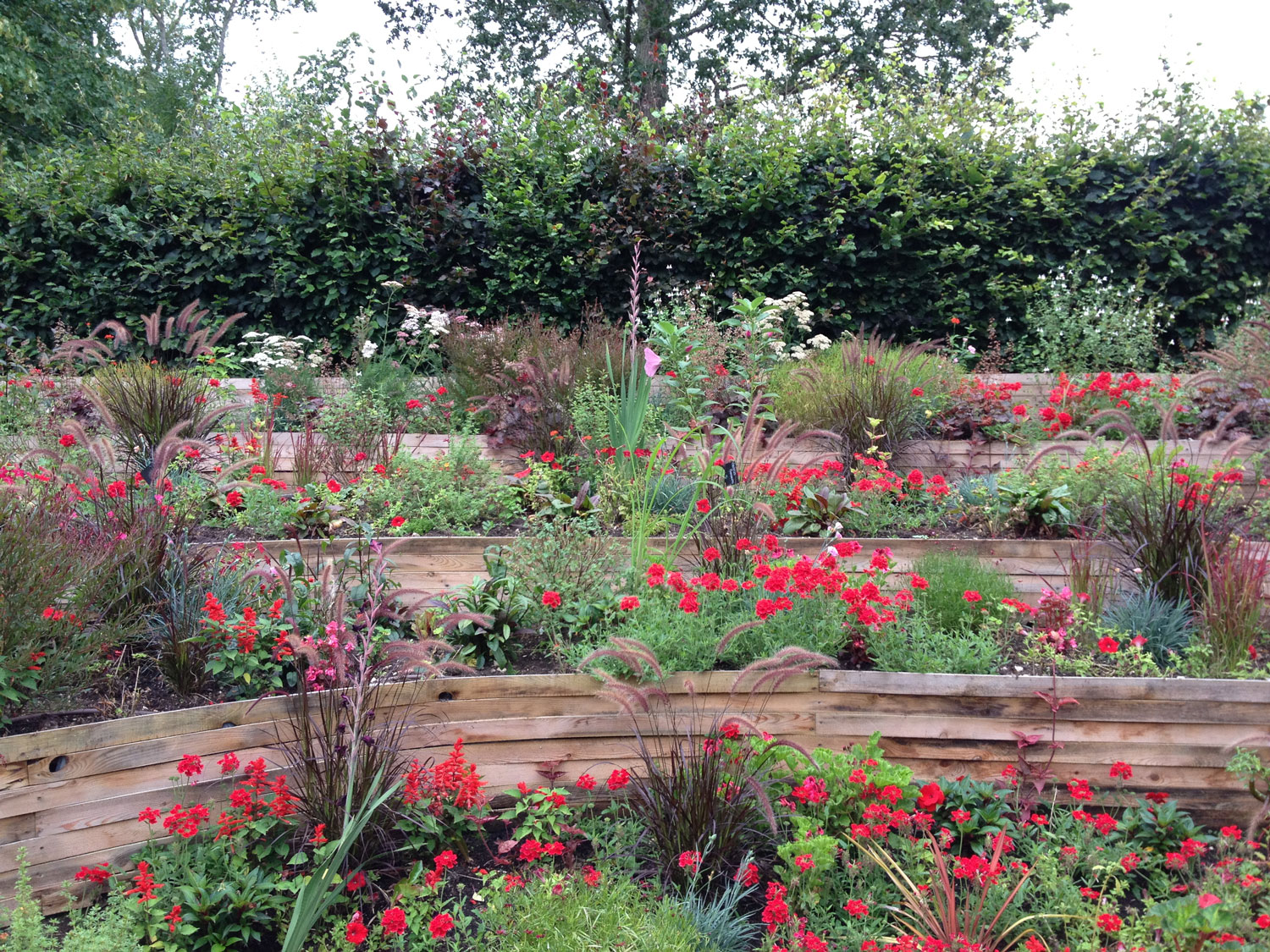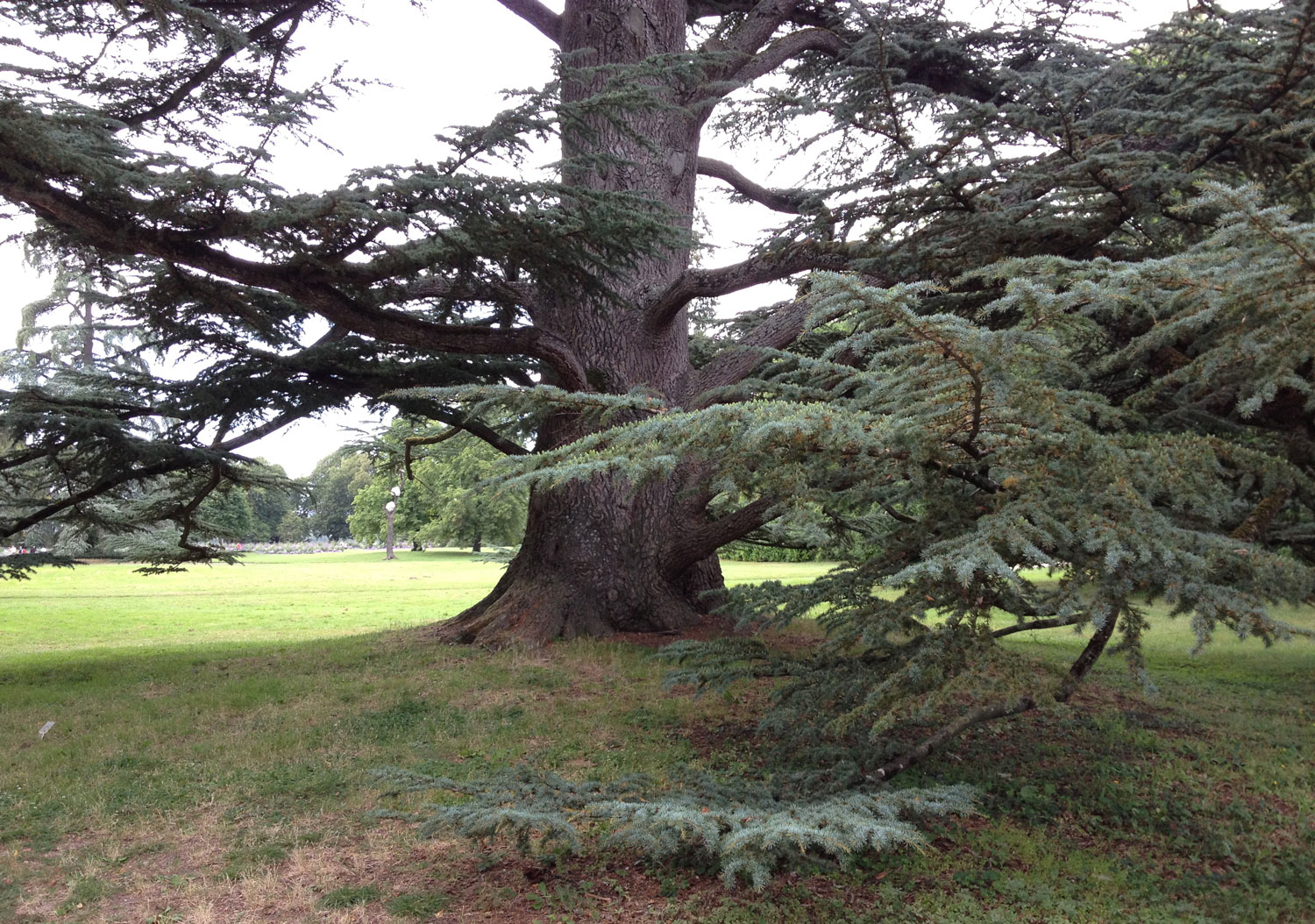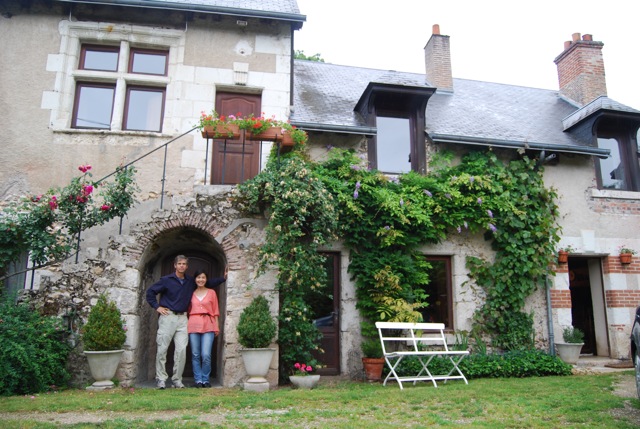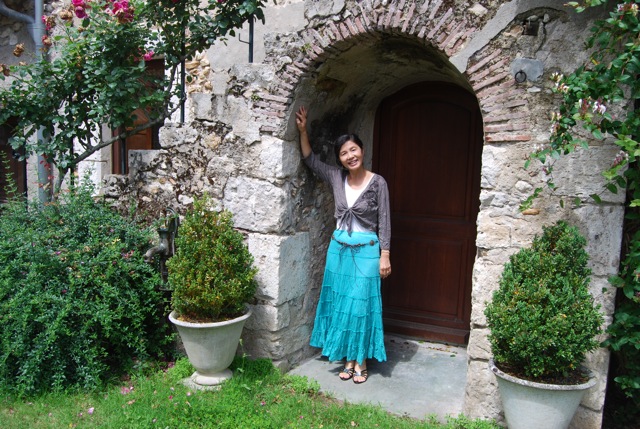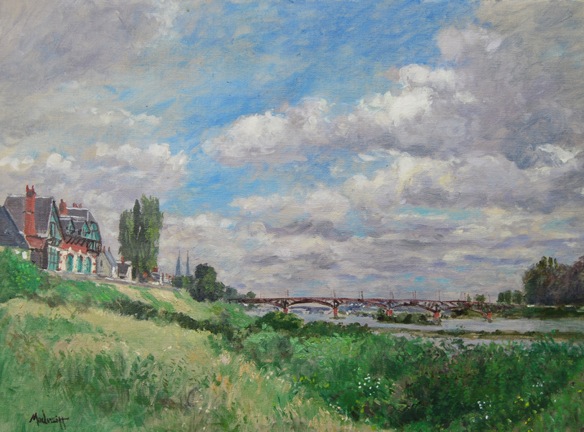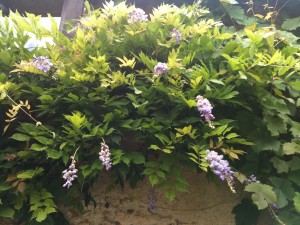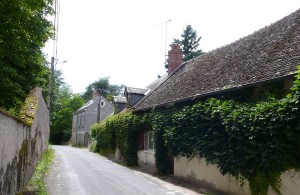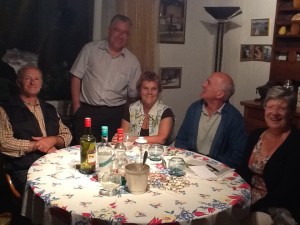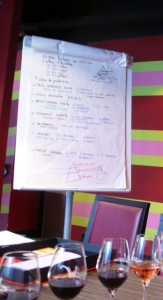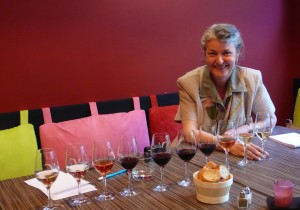It’s 8 am on Tuesday and the removalists are already here (4 Russians, an Algerian and a Tunisian). They start with the apartment down the road from us where Jean Michel’s sons have been living for the last 9 years, just giving me time to pack up the last cartons (our bedding, bedroom curtains, toiletries, etc.)
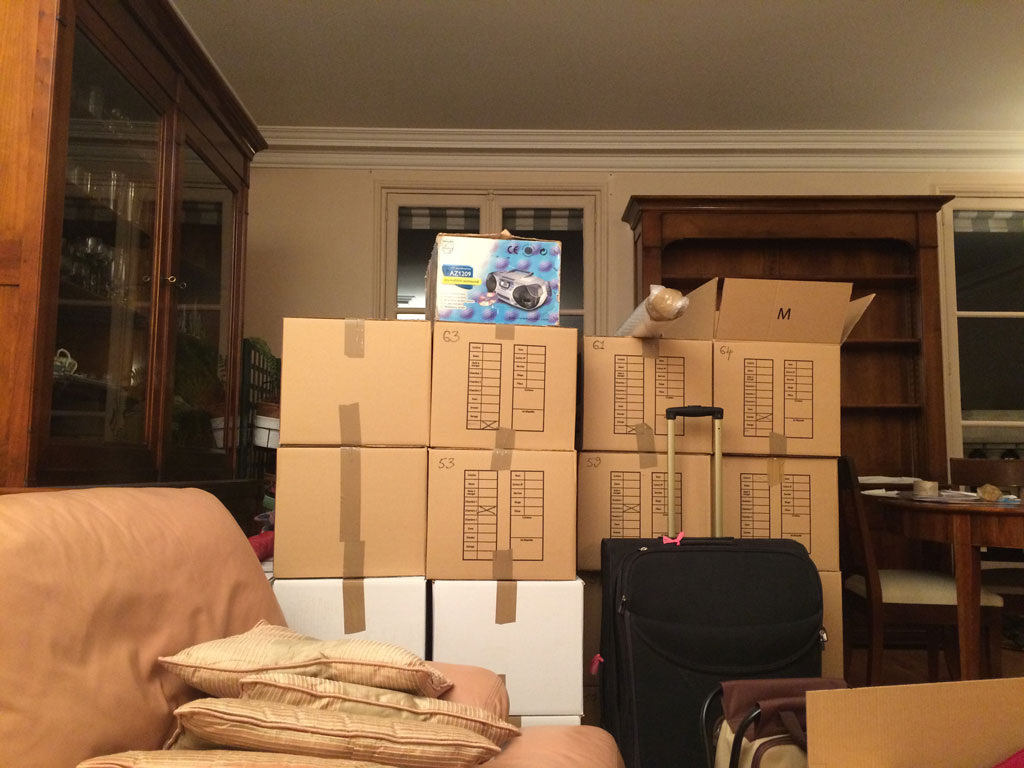
The Algerian is assigned to the kitchen and the first thing he does is ask me to make him coffee! I’ve already cleaned the espresso machine but I make the coffee anyway …
One of the Russians is assigned to packing up all the crockery, glasses and other breakables, while the others start taking all the cartons down. When the bookcase cupboards are empty, they start wrapping them up in thick blankets.

My entire office is dismantled before my eyes probably the most time-consuming part of the move. Gradually everything disappears and by 3 pm, the apartment is completely empty and most of the dust and dirt vacuumed up. My trusty cleaner is coming next day to finish off. She calls by to say goodbye and we’re both in tears!
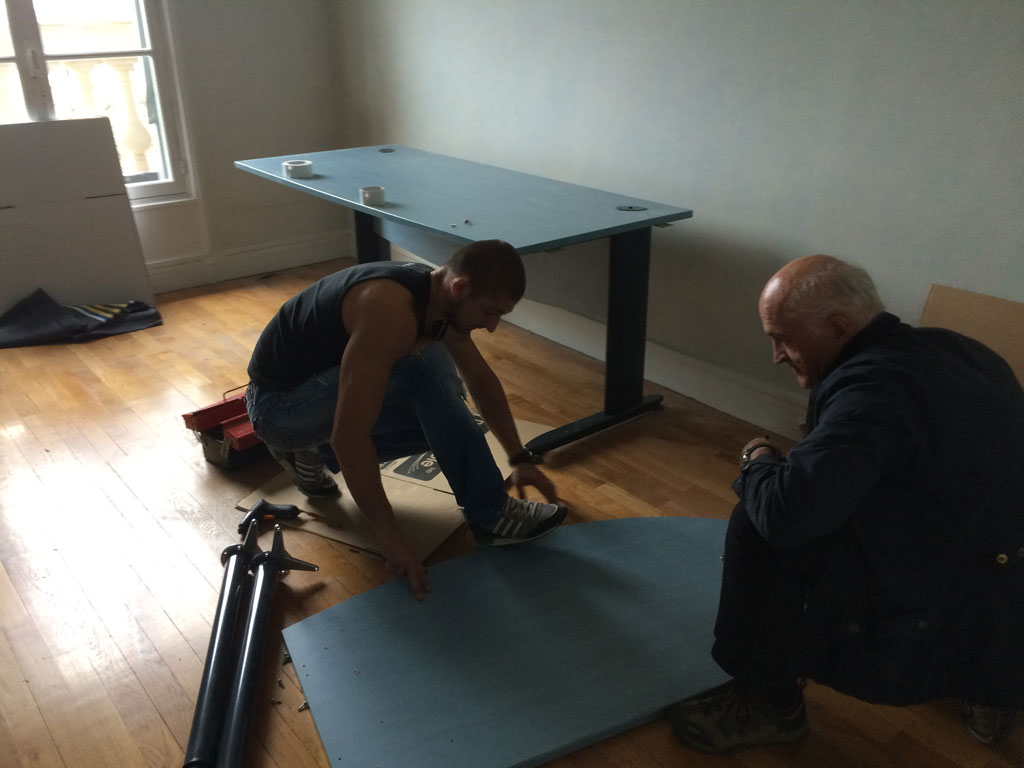
I take one last photo of my view of the Palais Royal Gardens.
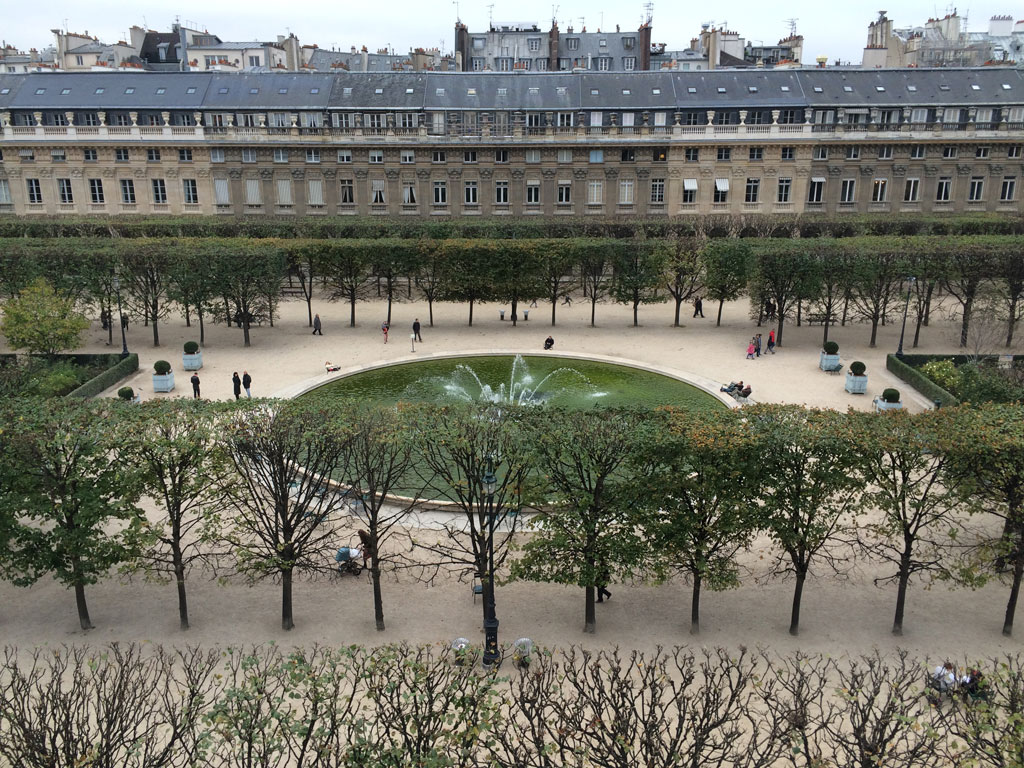
We finally arrive in Blois around 7 pm and unpack the car. I reheat the dinner I’ve prepared in advance and we celebrate with a glass of vouvray, the local natural sparkling wine. We sink thankfully into bed.
Having got up at 5 am to drive from their depot in the Paris suburbs, the removalists arrive bright and early at 8 am. This time there are three of them, all Russian. They just manage to get the truck into the front yard and we show them round the house including the two large pieces of furniture (a cupboard and a dresser) that we want them to switch around. Groans all round.
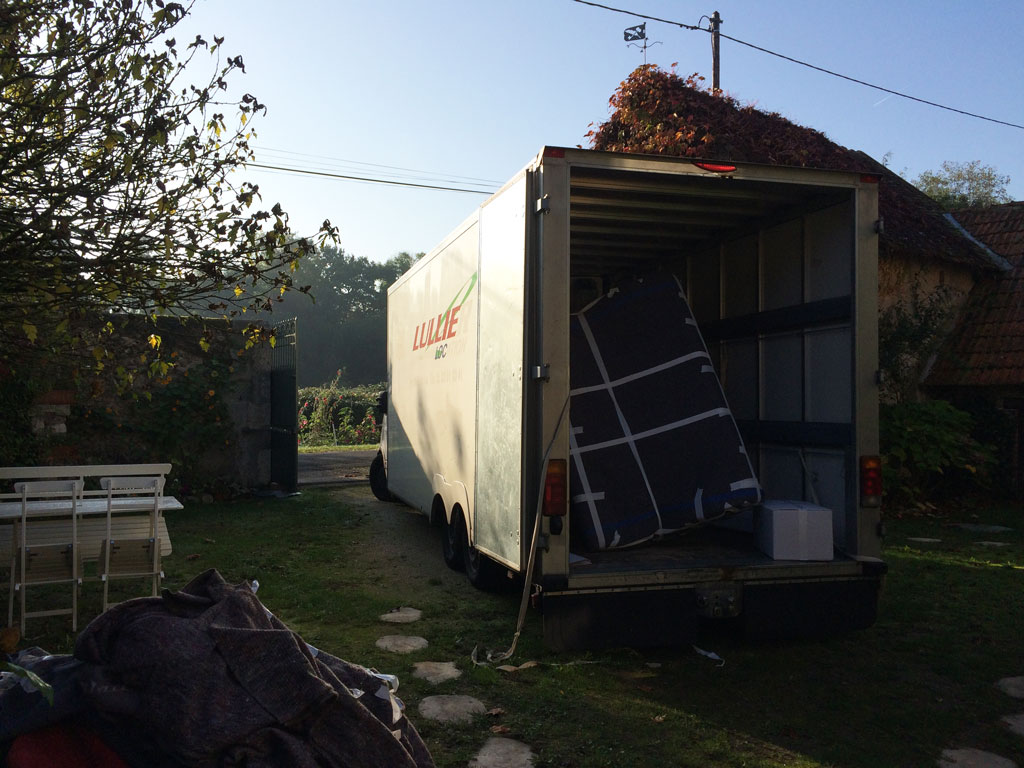
All the cartons we packed are labelled but not the ones they looked after or the furniture so we have to be constantly ready to direct them. A lot of the stuff is going into the little house as well to await the future gite that Jean Michel is going to renovate in one of the other buildings.
It’s fairly chaotic particularly as one of the men speaks very little French. At 10.30 I suggest coffee, tea and biscuits in the garden. They welcome the break and we learn a little more about their lives. One of them started out on the streets of Paris but as he explained there was no work in Russia and a man has to provide for his family.

All the furniture is remounted and I unpack the glasses from a special high carton called a tonneau or barrel with dividers inside. I also remove the clothes on hangers from the cardboard wardrobes so they can take them back.
By 2.30 pm everything has been unloaded and reinstalled and we are eating lunch in the sun in the garden.
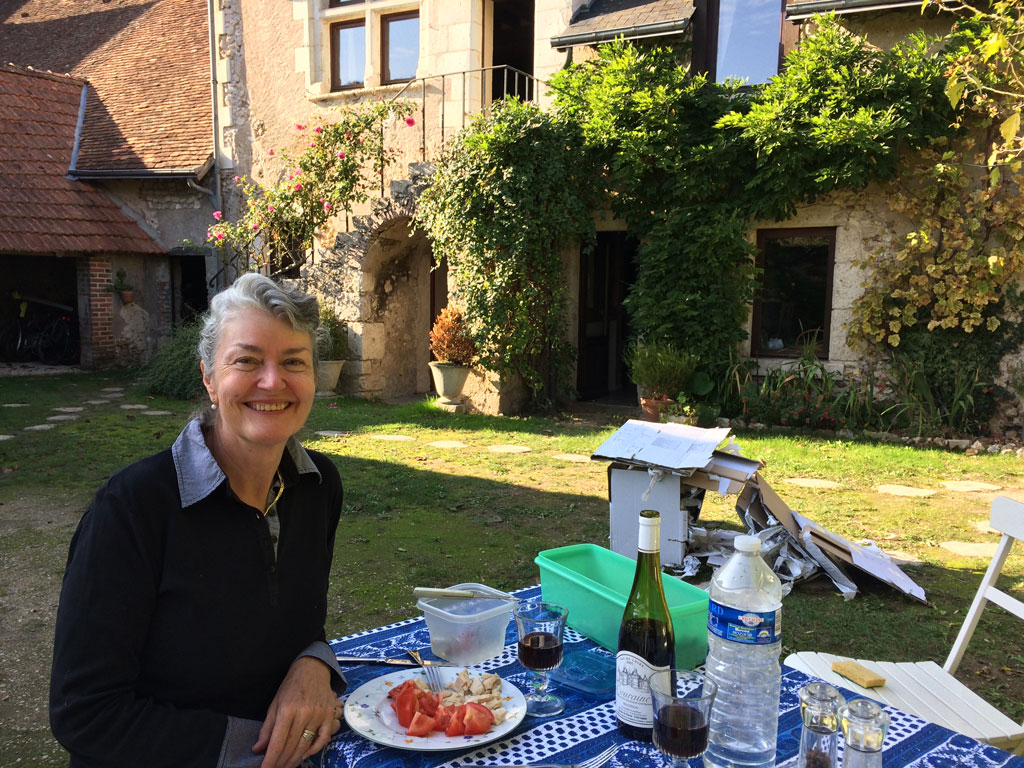
Inside it looks like a disaster area except for our bedroom and the downstairs living room which I have purposely keep carton-free. We have a welcome siesta and start on the most urgent unpacking.
Fortunately our friends and neighbours Françoise and Paul have invited us for choucroûte with morteau sausage. Never has a meal tasted better!
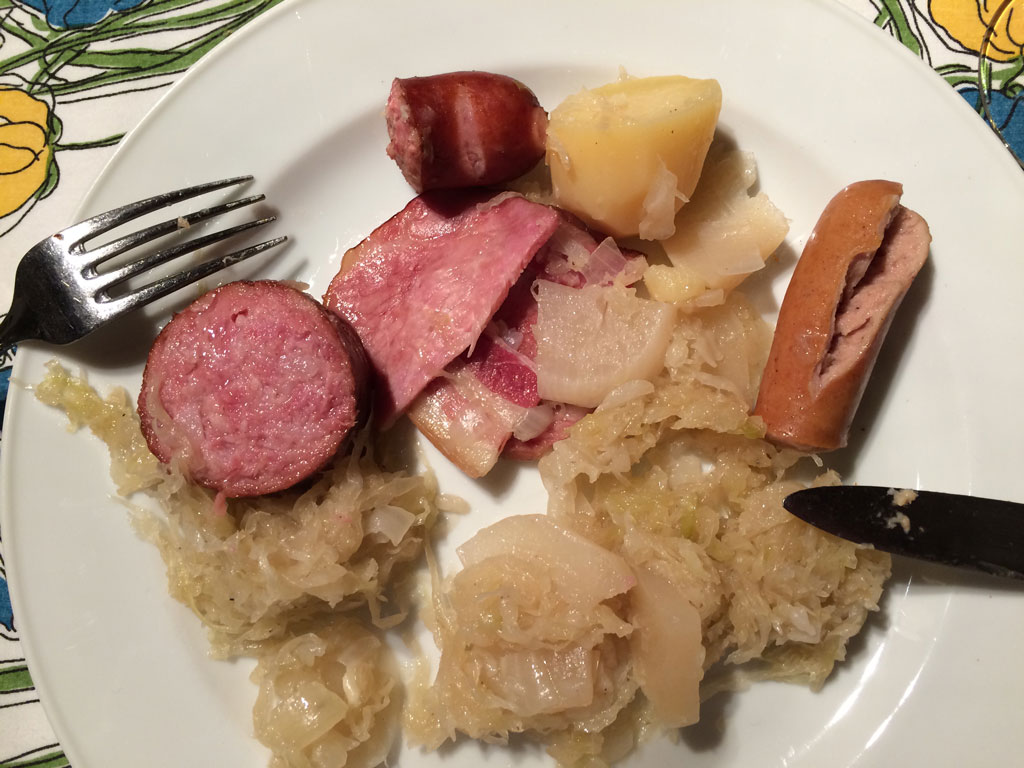
Five days later the house is starting to look normal. Jean Michel has done a lot of drilling and only the office is still full of cartons. None of our pictures are up on the wall except for those that were already there before the move. I’ve finally found the carton of dirty sheets and towels but the notebook in which I so carefully noted the contents of all the boxes has still not turned up.
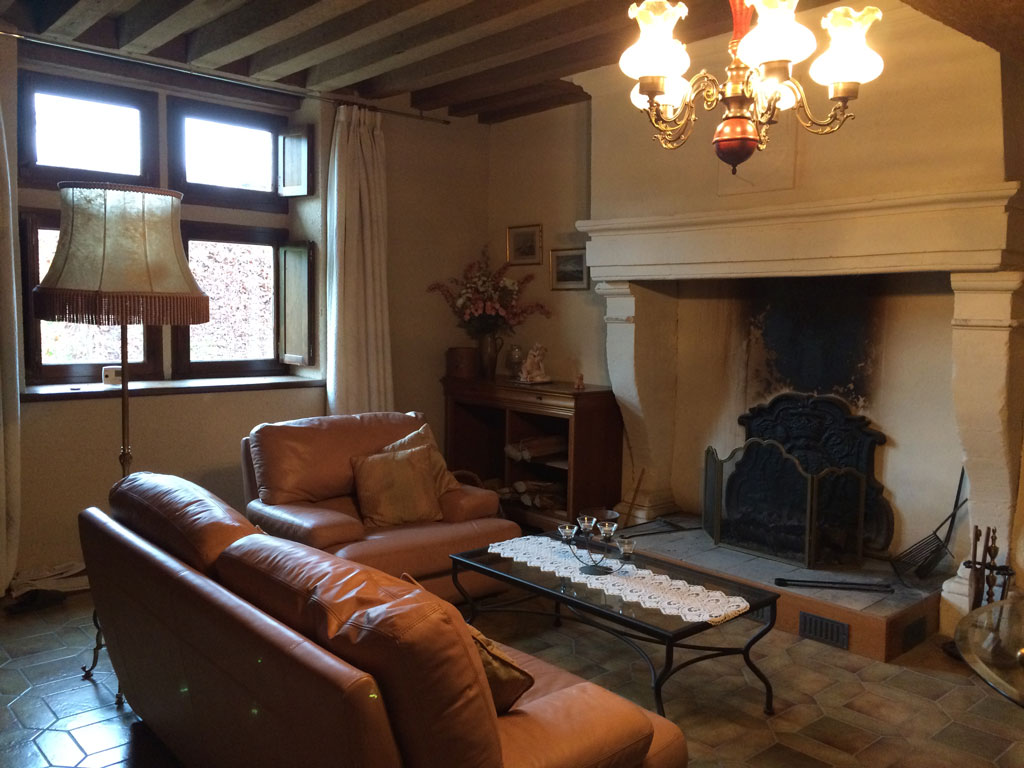
Nothing is broken but we are very sad to discover that a 6-bottle box of wine is missing including a bottle of 1999 corton charlemagne and a ladoix from the same year. I wonder at what point they disappeared. I just can’t believe the Russians took them.




